Estimated reading time: 5 minutes
It's moments like these when you realise you're no longer at the top of the figurative food chain. On a recent experience that was both humbling and exhilarating, I had the privilege of being part of a rhino ear-notching exercise.
Sun City has partnered with the Pilanesberg Wildlife Trust to help conserve rhino by offering guests the chance to help a vet and work with park management officials to individually notch, implant an ID tag as well as collect DNA from the selected rhino. These procedures assist park management to monitor and manage their rhino populations by helping to conserve and identify them.
Rhino populations in Africa are dwindling as continued poaching, as well as habitat loss, putting their survival under extremely serious threat. This unique experience is a once-in-a-lifetime opportunity aimed at assisting the park with its conservation efforts by cataloging and monitoring individual rhino in the malaria-free Pilanesberg National Park that borders Sun City, Africa's biggest resort.
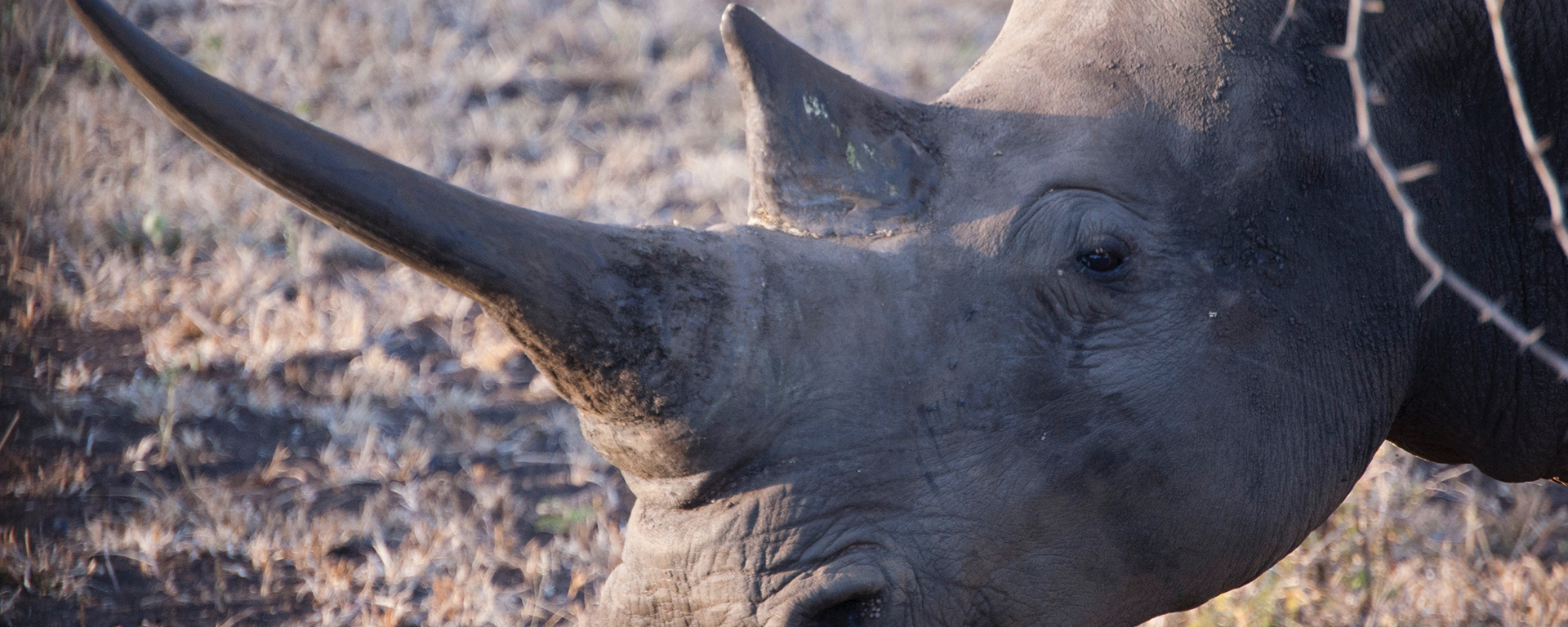
My rhino-notching experience with the Pilanesberg Wildlife Trust
I stayed at The Palace of the Lost City where we were collected by game drive vehicles and taken to the helipad in the national park to meet the vet and Pilanesberg Wildlife Trust crew. We were briefed by the park ecologist on the general aspects of rhinos, poaching as well as ‘do’s & don’ts’ while at the notching.
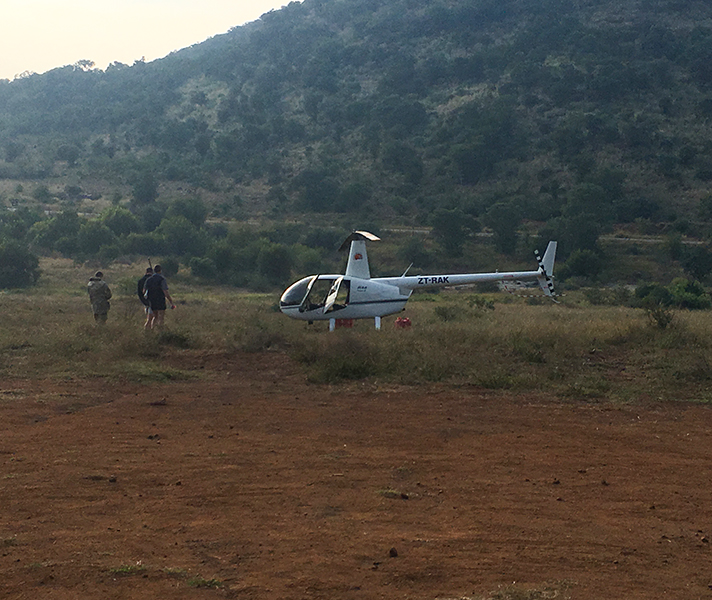
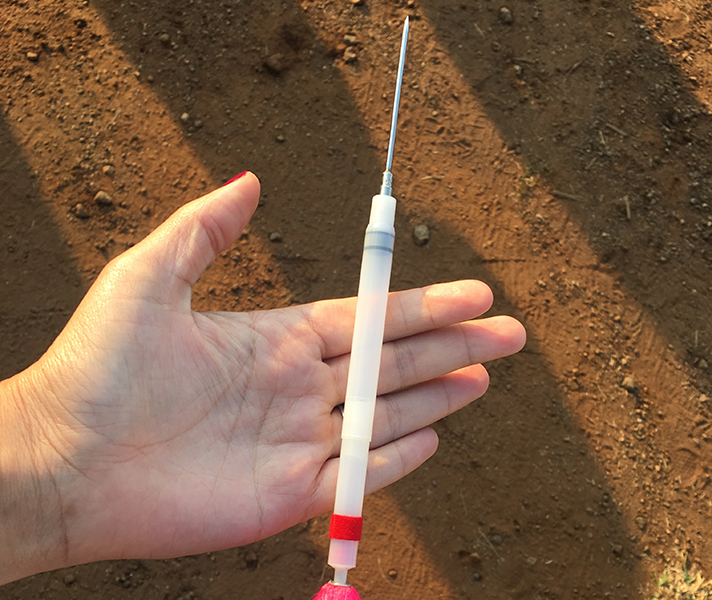
The vet and pilot flew over the park to find a suitable rhino and darted it from the chopper. We followed on game-drive vehicles and, once the rhino was immobilised, we were signalled to move in on foot after it was established that it was safe to do so. From impact of the dart it takes between five and 10 minutes for the rhino to become immobilised.
Immediately after the rhino went down, the vet and park ecological services wasted no time in starting the necessary notching and DNA collection. The rhino is blindfolded and his ears are blocked to reduce his distress as much as possible. The reversal drug works very quickly and, if for any reason the rhino isn’t breathing properly or the vet feels at any point it is in danger, can be administered to ‘wake’ the rhino up.
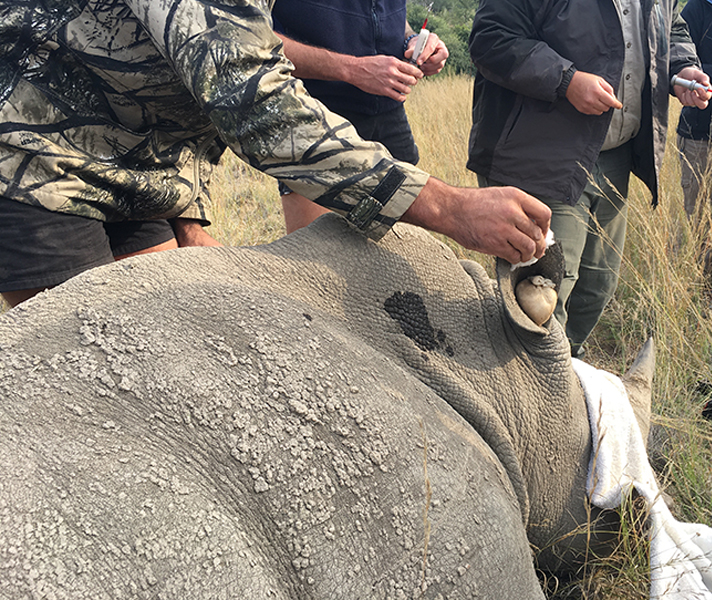
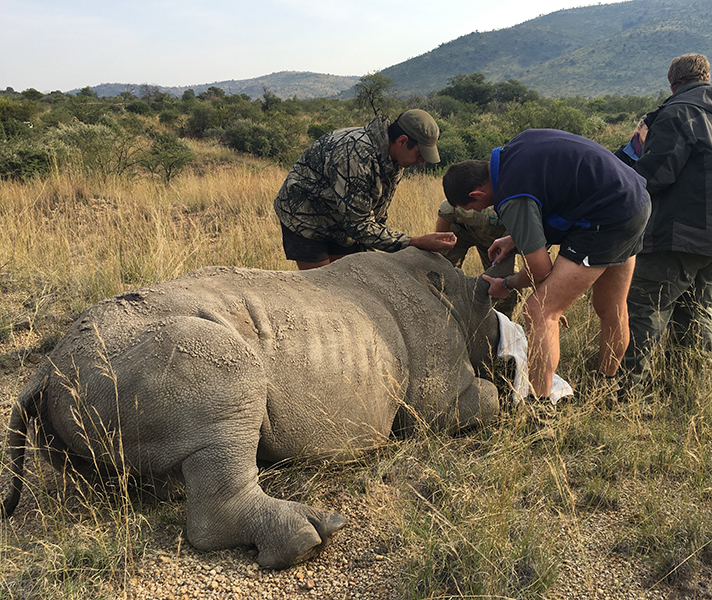
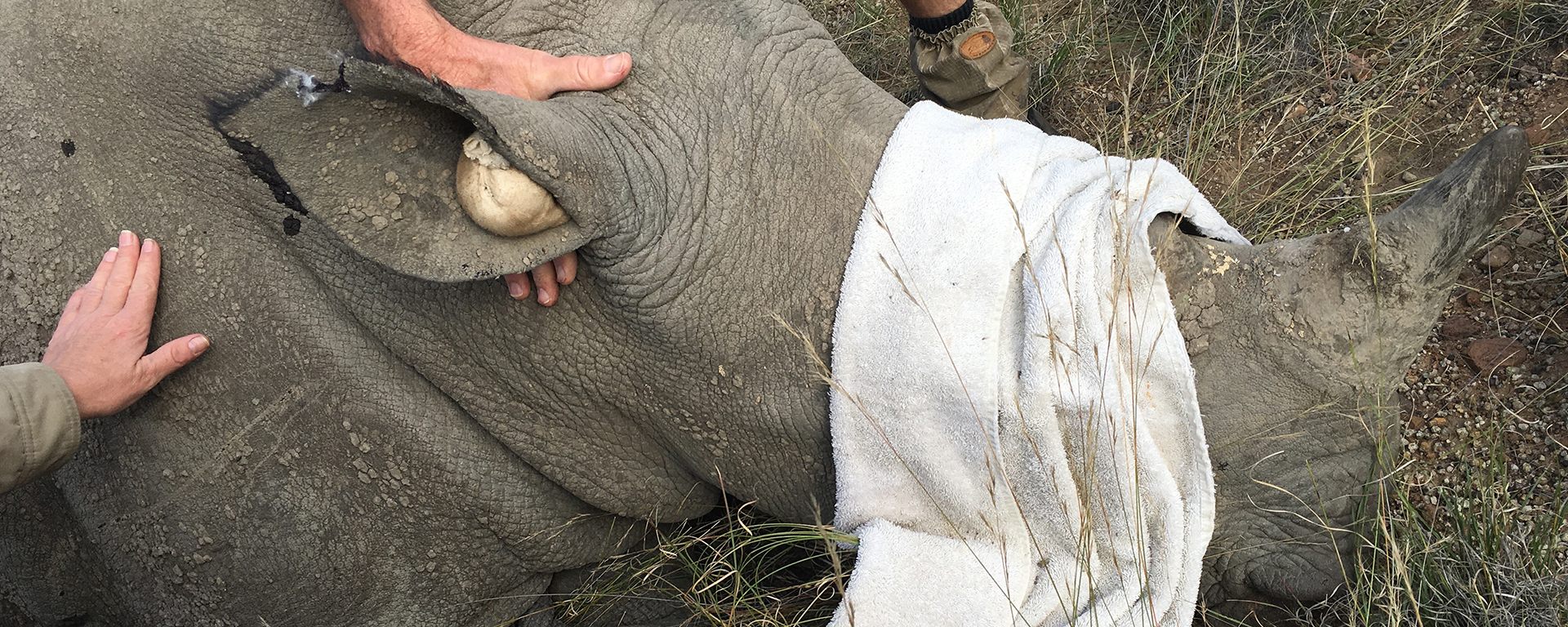
While they were busy at work we were able to get up close to the rhino. Seeing such a powerful animal so vulnerable humbles you and strengthens your ability to empathise. It was rather heart-breaking thinking that this is what we have to put them through just to try and protect them. Moving that far out of my comfort zone was a visceral experience: pressing my ear against his thick, rough skin to hear his heart beat, and feeling his breath on my skin is something I will never forget.
Once all the veterinary and ecological work was done, and in consideration of the animal’s welfare, we were allowed to take individual and group photos. Hugging the rhino was like an injection of adrenaline administered straight to the heart, and to be so close to this magnificent creature in its natural habitat was truly a rare privilege.
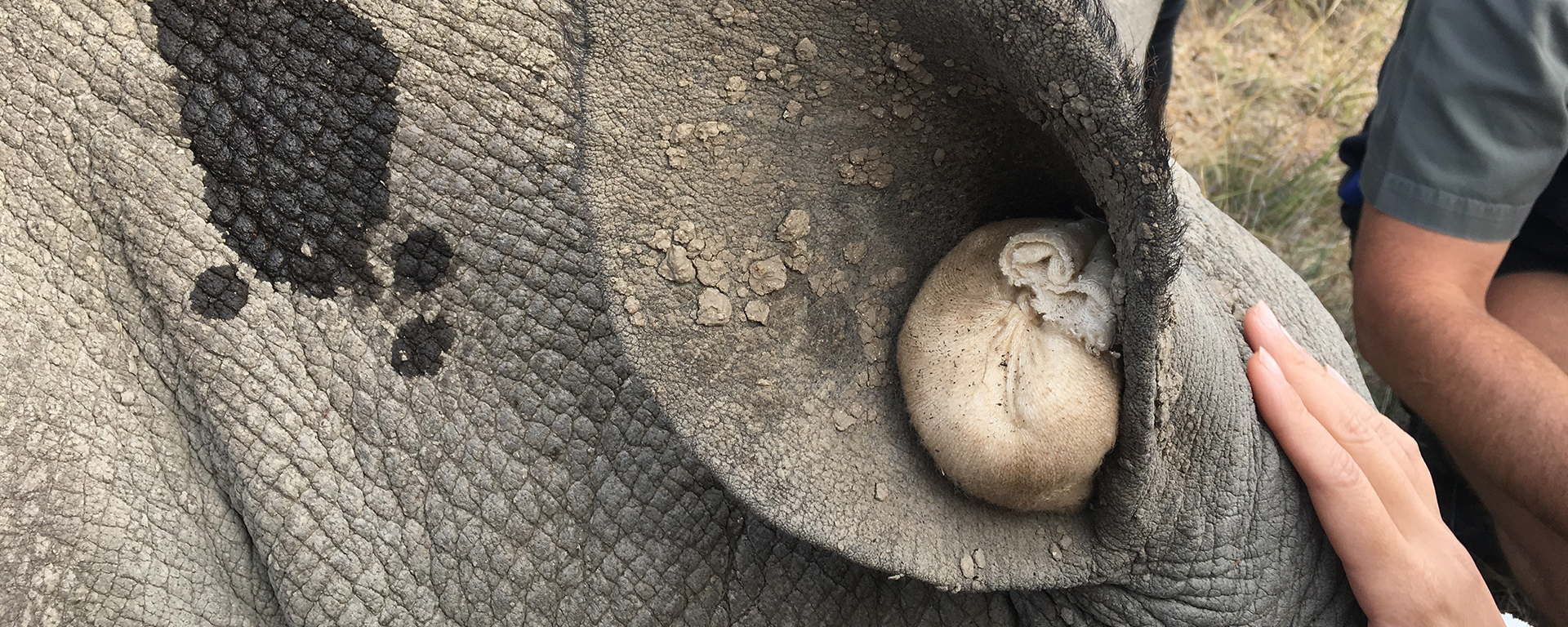
After the required work was completed and we had taken our photographs, we made our way back to the vehicles to be at a safe enough distance to watch the rhino wake up. The vet reversed the anesthesia, and it didn’t take long for him to find his bearings. White rhinos are incredibly calm when they wake up and that’s why the park will only do the notching with guests on white rhinos. Black rhino tend to be a bit more temperamental.
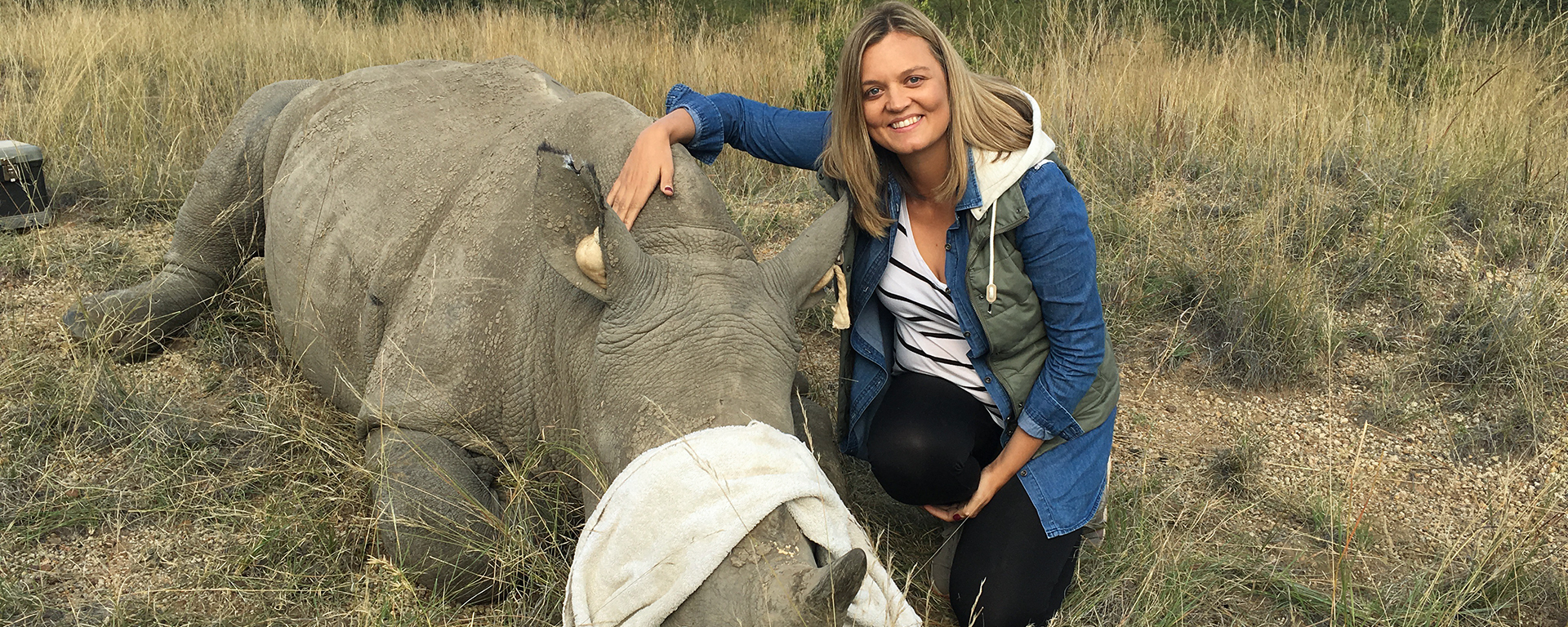
The whole experience takes between 90 minutes and three hours, depending on group numbers (a maximum of 15 people) and the amount of time it takes to locate a rhino. Strict procedures are followed to ensure the notching is carried out ethically with primary consideration to the welfare of the rhino.
Rhino notching can be very emotional and seeing this extreme process carried out in the name of conservation is not for everyone. Chat to one of our Africa Safari Experts to find out more about being part of this unique initiative and contributing to the protection of rhino in Pilanesberg National Park.
